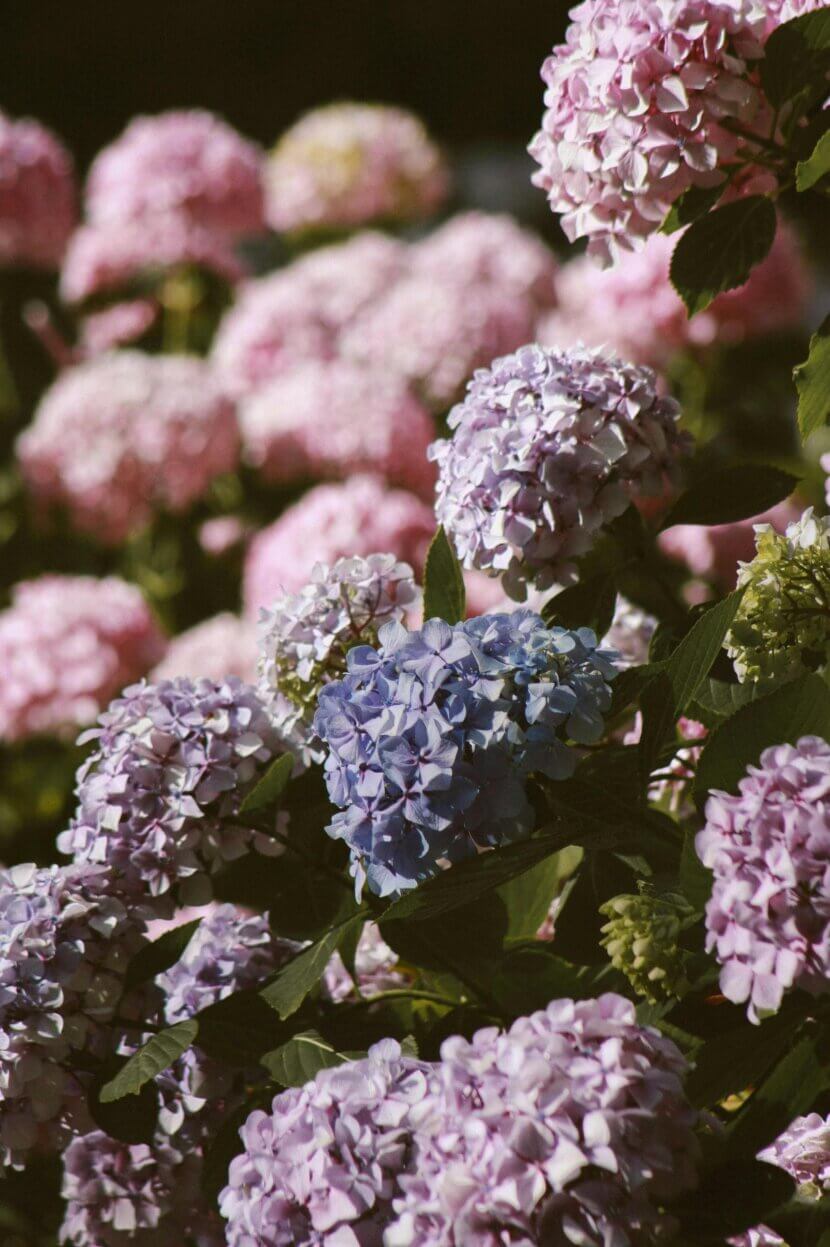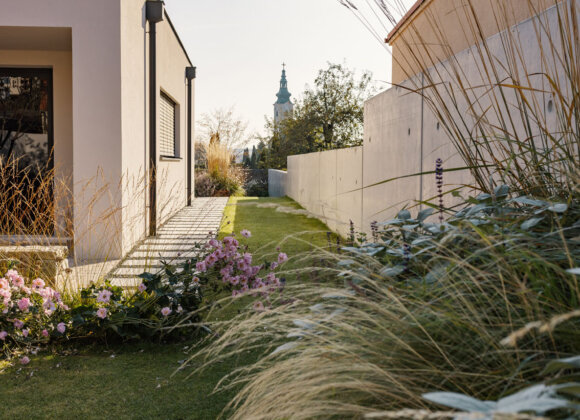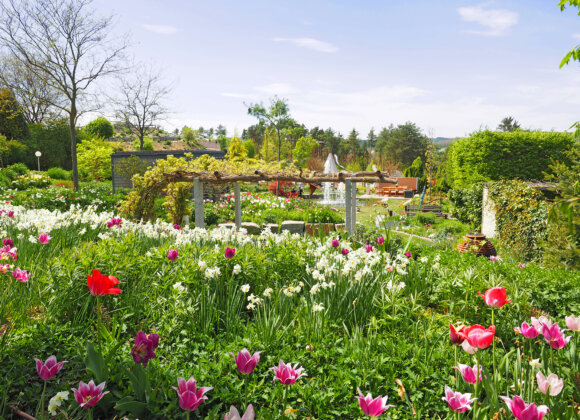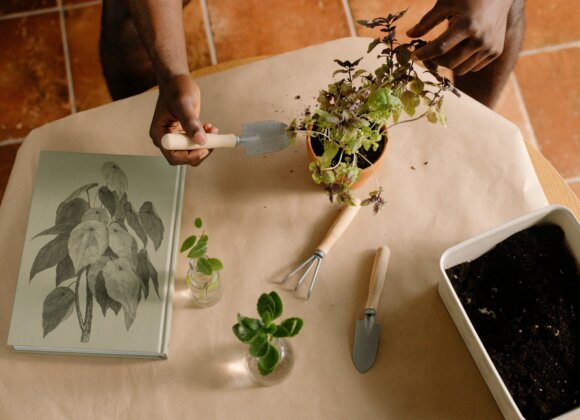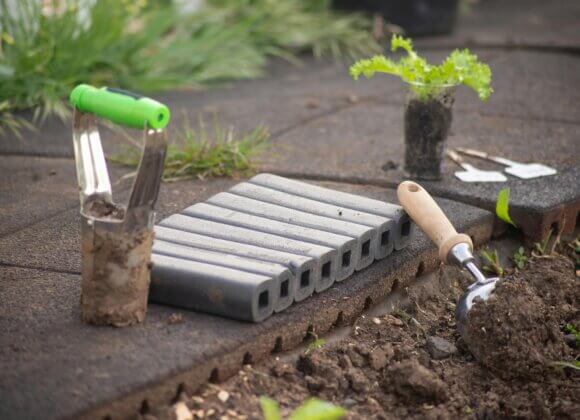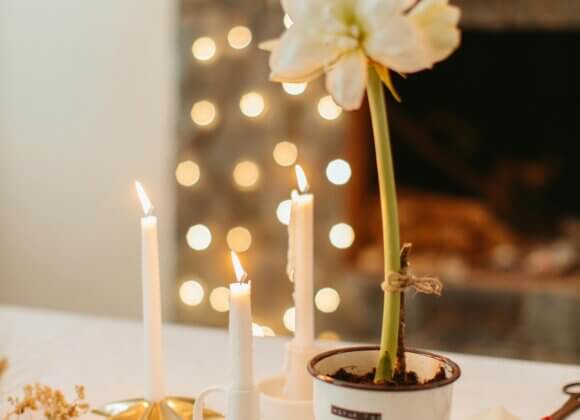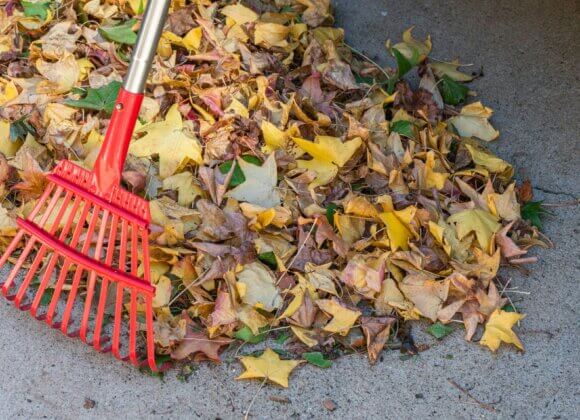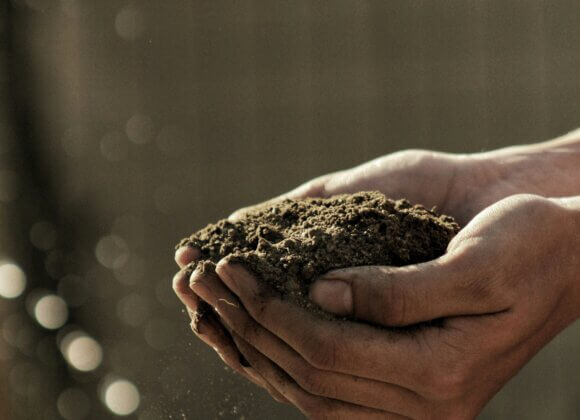For a long time, they were usually only found in cottage gardens, but today hydrangeas are increasingly finding their way into modern gardens – after all, the flowering shrubs enchant with their lush, colorful blooms. Also good: with a little prior knowledge, it is also relatively easy to care for hydrangeas properly.
When is the best time to plant hydrangeas?
If you want to enjoy the splendor of the flowers, you need to be patient. The best time to plant hydrangeas in the garden is late summer. However, you don’t have to do without them completely until then: hydrangeas in pots can be found on the market from February or March.
The best location for hydrangeas…
…in a sheltered spot with deep, loose and humus-rich soil. If hydrangeas are planted in a pot, you should use a sufficiently large pot and a special hydrangea soil or lime-free potting or tub plant soil. Otherwise, the plants are relatively undemanding: most hydrangea varieties can cope with sun and partial shade, some varieties even with shade. However, if the summer is very hot, even those varieties that actually tolerate the sun should be moved into partial shade.
Plenty of water for a magnificent bloom
The scientific name for hydrangeas, Hydrangea, already gives a definitive indication of how to care for the plants: Hydro means water in ancient Greek – and hydrangeas are real sippers. The plants evaporate a lot of water through their leaves, so the soil must be kept moist, especially in dry and warm weather. This is especially true for hydrangeas in pots – but make sure that there is no waterlogging. In very hot weather, the plants often need water twice a day.
Incidentally, a clear sign that the plants are thirsty is when the leaves hang limply in the midday heat. If you want to take particularly good care of hydrangeas, you should use rainwater or decalcified tap water for watering.
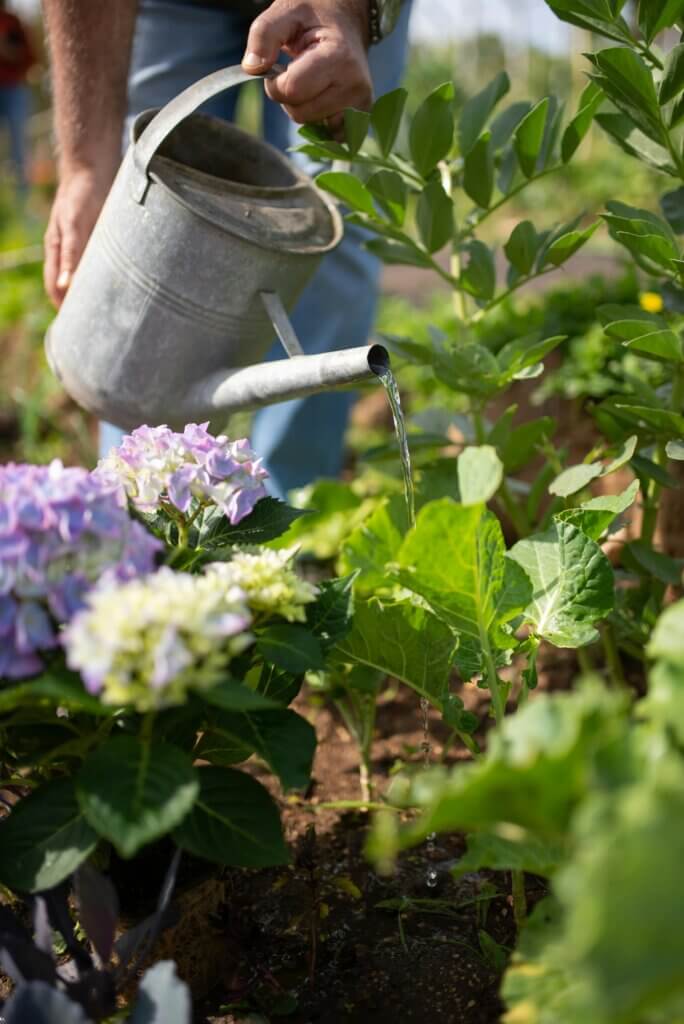
Please fertilize!
Hydrangeas are not only thirsty, they also have a high nutrient requirement. They should therefore be fertilized regularly from March/April, specifically as soon as they sprout, and until the end of the summer. The need for nitrogen and potassium is particularly high. Special hydrangea fertilizers are available in stores, but azalea and rhododendron fertilizers are also an alternative.
Those who prefer organic fertilizers should use pellets made from cattle manure, horn shavings or horn meal. Hydrangeas also appreciate coffee grounds or nettle manure. However, complete and universal fertilizers are considered less suitable, as they usually contain too much phosphorus for hydrangeas. Incidentally, hydrangeas should not be fertilized in the first year – this helps them to form as many deep roots as possible.
Pruning hydrangeas correctly
Pruning is an important aspect when it comes to caring for hydrangeas. The timing and extent to which hydrangeas can be pruned varies from variety to variety. Farmers’ hydrangeas, which produce their flowers for the coming year in the fall, should therefore not be pruned in the spring: Only frozen or dead shoots and old inflorescences should be removed. In the latter case, pruning should be done below the old flower.
The same also applies to plate hydrangeas, velvet hydrangeas and oak-leaved hydrangeas. Other hydrangea species, such as panicle hydrangeas, can also be pruned in early spring, before they start to sprout. However, it is important that one or two pairs of eyes are left on each shoot. If the plants are to be encouraged to flower more profusely, older hydrangeas are to be rejuvenated or hydrangeas that have become too large are to be tamed, the shoots just above the ground can also be pruned.
However, there is good news for all those who want to care for hydrangeas professionally and are overwhelmed by pruning: New cultivars are usually much less sensitive when it comes to pruning.
Are there hydrangeas that must not be cut?
Climbing hydrangeas should not be pruned, at least in the first few years after planting. However, dead or frozen shoots can be removed.
Overwintering hydrangeas
Hydrangeas are generally hardy. Where prolonged and heavy frost is to be expected, the root balls can be protected with a layer of leaves or brushwood, for example. Hydrangeas that overwinter in containers should ideally be moved to a house wall or another place protected from the wind. To protect the roots from frost, it is advisable to place the pots on a base of wood or polystyrene and wrap the pot with a cold protection fleece or bubble wrap.
If you want to overwinter hydrangeas indoors, you should move them to a place that is not too bright and cold to give them the necessary rest period. Speaking of dormancy: hydrangeas also need a little care in winter, at least those in pots. If there is no rain or snow, they will be grateful for a sip or two of water on frost-free days.
Related posts:


